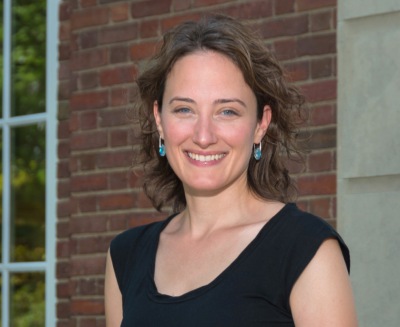 The Axios Boston newsletter made a solid debut today with the help of Gov. Charlie Baker, who sat down with Mike Deehan for an interview about his priorities during the final weeks of the legislative session.
The Axios Boston newsletter made a solid debut today with the help of Gov. Charlie Baker, who sat down with Mike Deehan for an interview about his priorities during the final weeks of the legislative session.
Steph Solis has an update on the override of Baker’s veto of a bill that would grant driver’s licenses to undocumented immigrants. Also online are the controversy over our racist state flag, the state of tourism, a decline in college enrollments and, from Maxwell Millington, guides to drinking (always welcome) and AirBNBs. In addition, there are sponsored-content ads from CEO Action for Racial Equity and from Axios itself. The newsletter is free.
I’m sure we’ll see more variety in the days ahead. For one thing, there’s no round-up of news items from other media outlets, which is a standard feature at (for example) Axios Denver. Overall, though, it was substantive and entertaining, with lots of Axios’ patented indents and bullet points, intended to — well, I’m actually not sure what they’re intended to do.
Axios invited mockery last year when, in announcing that it would expand its Axios Local network, published a story headlined “Axios vows to save local news.” (I wrote about it for GBH News.) Axios Boston isn’t going to do that. But it’s a good subway read — it’s designed for mobile — and may connect with younger professionals who aren’t currently tuned in to local coverage of any kind.
Axios Boston is elbowing its way into a pretty crowded newsletter environment in Greater Boston. Other general-interest morning offerings include “The Wake Up,” from GBH News; “WBUR Today,” from you-know-who; and “BosToday,” from 6AM Cities. Political newsletters include “Massachusetts Playbook,” from Politico; “Masster List,” from State House News Service; and “The Daily Download,” from CommonWealth Magazine.
Oddly, The Boston Globe doesn’t have a human-generated morning newsletter despite a pretty wide array covering everything from the day’s headlines to baseball. The Boston Herald offers Morning Memo.
A programming note: Ellen Clegg and I have scheduled Deehan and Solis for an upcoming episode of our “What Works” podcast. Listen for it!

 See correction below.
See correction below.







